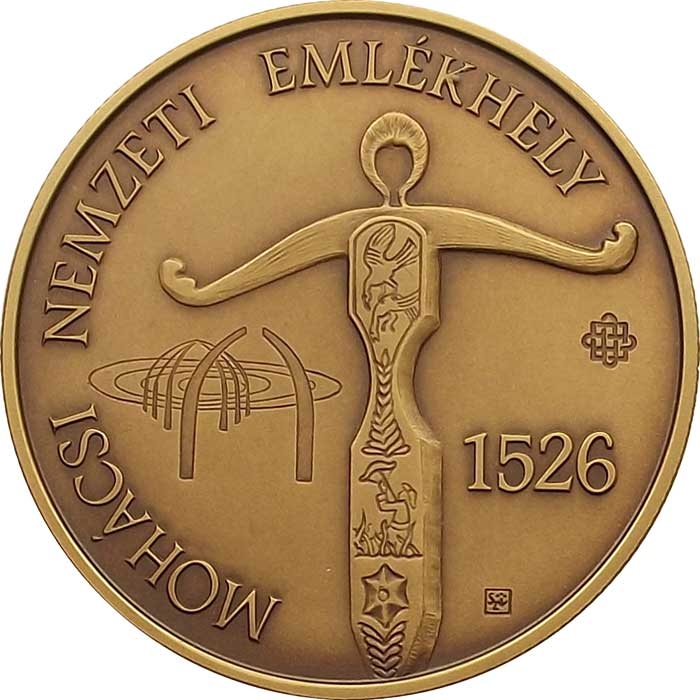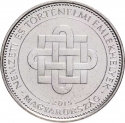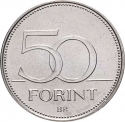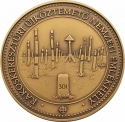You are about to finish your registration. Please check your mailbox (including spam folder). There should be a letter with a confirmation link. Check setting to make sure that your e-mail address is correct.
Send letter againDescription
The Magyar Nemzeti Bank issues a commemorative coin "Mohács" as the second piece in the series of Hungarian National Memorial Sites.
Hungarian historical landmarks hold profound significance as sites of memory, revered for their national, religious, regional, or minority importance. While they often boast remarkable architectural features, their primary value lies in their historical significance. According to legislation, a national memorial site can encompass either a constructed setting or a natural locale where a pivotal event from the past, shaping the nation's trajectory, or a significant state decision has unfolded, deemed worthy of national remembrance.
Distinguished national memorial sites serve as crucial touchstones in both Hungarian history and the history of the Hungarian State. They offer visitors a window into the pivotal events, tragedies, and triumphs that have shaped Hungary's past. Presently (as of 2024), the country boasts sixty-four recognized historical landmarks, designated as such by government decree following recommendations from the National Memorial and Mourning Committee. The National Heritage Institute ensures their consistent identification, erecting markers that not only uniformly distinguish the landmarks but also succinctly convey their significance to interested parties.
Engraver: Virág Szabó
Obverse

|
Depicts a detail of the funeral monument (kopjafa) located at the Mohács National Memorial Site. On the left, the emblem of the Mohács National Memorial Site is visible, circled by the inscription "MOHÁCS NATIONAL MEMORIAL SITE". The emblem of national memorials is present to the right, with the historical year "1526" engraved horizontally below. At the bottom right edge, the engraver's privy mark is placed. MOHÁCSI NEMZETI EMLÉKHELY |
|---|---|
Reverse

|
Depicts a detail of the kopjafa with a wind chime at the Mohács National Memorial Site. Aligned to the left of the depiction, in two horizontal rows, the denomination and the inscription "FORINT" are placed near the coin's edge, while below, the inscription "HUNGARY" is circled. To the right, within a circle, the mintmark "BP" and the issuance year "2015" are visible. 2000 |
| Edge |
2000 Forint
KM# 882 Adamo# EM300
Characteristics
| Type | Commemorative Issue (Non-circulating) |
| Material | Bronze Plated Copper |
| Weight | 18.4 g |
| Diameter | 37 mm |
| Thickness | 2.7 mm |
| Shape |
|
| Alignment | Medal |
| Mint |
Budapest Mint (BP)
|
Related coins
Hungarian National Memorial Sites







